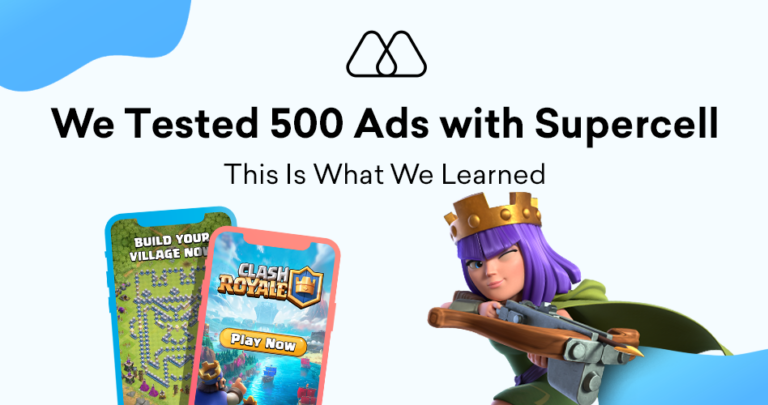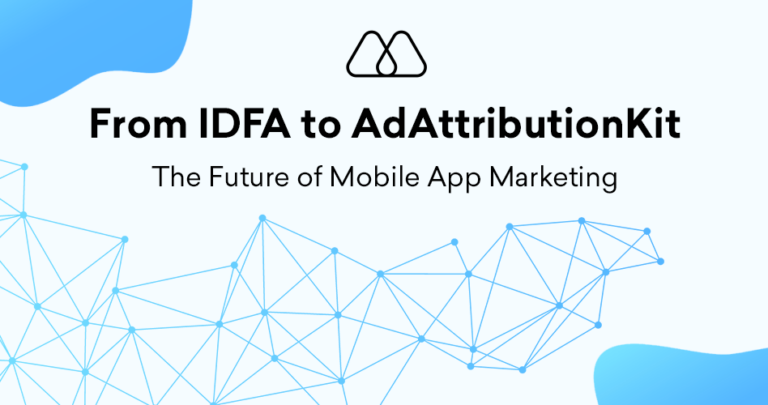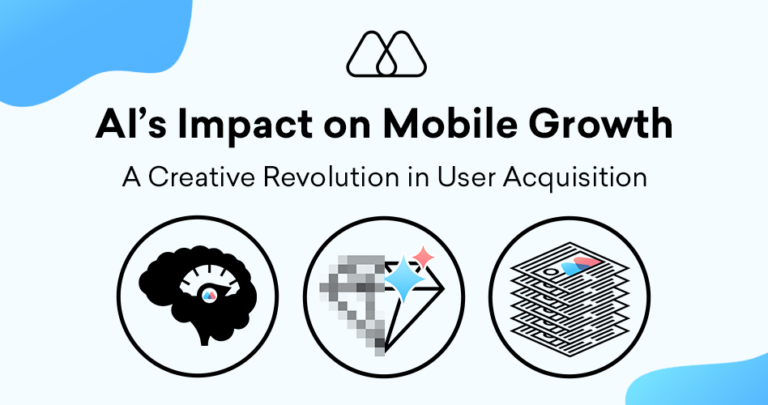Multi-Touch Attribution Models
The ideal model for your mobile app depends on your specific marketing goals and the complexity of your user journey. Here’s a closer look at some of the most common Multi-Touch Attribution (MTA) models:
- Last-Touch Attribution: This model assigns all credit for a conversion to the last channel a user interacts with before converting. While simple to understand, it fails to account for the role of earlier touchpoints that may have influenced the user’s decision.
- First-Touch Attribution: This model awards all credit to the first channel a user interacts with on their journey towards conversion. However, it overlooks the influence of later touchpoints that may have reinforced the user’s interest and led to the final action.
- Time-Decay Attribution: This model distributes credit across all touchpoints a user interacts with, with a gradual decay in credit assigned to interactions further back in time. This provides a more nuanced view of the user’s journey but can be complex to implement and interpret.
- Position-Based Attribution: This model assigns a predetermined percentage of credit to the first and last touchpoints in the user journey, with the remaining credit distributed equally among all touchpoints from the beginning to the end. This offers a middle ground between last-click and first-click attribution.
- Data-Driven Attribution: This advanced model leverages machine learning algorithms to analyze user behavior data and assign credit to different touchpoints based on their relative contribution to the conversion. This method provides the most accurate picture of the user journey but requires sophisticated technologies and data analytics expertise.
Choosing the Right Multi-Touch Attribution Model for Your Mobile App
The optimal MTA model for your mobile app depends on several factors, including:
- Your marketing goals: Are you primarily focused on user acquisition or in-app engagement and monetization? For user acquisition, last-click or position-based models might be suitable starting points. For in-app actions, data-driven attribution often proves more valuable.
- Campaign complexity: Simpler campaigns with few touchpoints may function well with last-click or first-click attribution. More complex campaigns with diverse touchpoints benefit from models like time-decay or data-driven attribution.
- Data availability: Data-driven attribution requires significant historical data to train the algorithms. If you have limited data, consider simpler models initially and gradually transition to data-driven approaches as your data volume grows.
Best Practices for Implementing Multi-Touch Attribution in Mobile App Advertising
- Select the right MTA partner: Choose a reputable mobile measurement partner (MMP) that offers robust MTA functionality and integrates seamlessly with your marketing tools and app analytics platform.
- Implement deep linking: Deep linking ensures users land on the specific in-app location associated with a marketing campaign. This allows for more accurate attribution of in-app actions.
- Standardize campaign tagging: Ensure consistent tagging across all your marketing campaigns to facilitate proper attribution data collection.
- Monitor and analyze attribution data: Regularly review your attribution data to understand user behavior and campaign performance. Use these
- Use these insights to optimize your marketing strategies and improve ROI. Don’t just collect data – use it to make data-driven decisions about your mobile ad campaigns.
- Consider a multi-model approach: Don’t rely solely on a single attribution model. Utilize multiple models to gain different perspectives on your user journey and identify potential areas for improvement. For example, you could use last-click attribution to understand immediate conversions and data-driven attribution to analyze the bigger picture of user engagement.
- Embrace a test-and-learn mentality: The mobile marketing landscape is constantly evolving. Continuously test different attribution models and campaign strategies to determine what works best for your specific app and target audience.
5 Key Takeaways: Optimizing Your Mobile App Advertising with Multi-Touch Attribution
- Multi-touch attribution (MTA) unveils the complexities of the mobile user journey, revealing the contribution of various marketing touchpoints to app conversions.
- Leveraging MTA empowers you to optimize your marketing spend by focusing resources on high-performing channels and refining user acquisition strategies for maximum impact.
- MTA goes beyond app installs, allowing you to measure in-app user behavior and understand how various marketing channels influence engagement and monetization.
- Choose the right MTA model based on your marketing goals, campaign complexity, and data availability. Consider a multi-model approach for a comprehensive perspective.
- Implement best practices like selecting the right MTA partner, using deep linking, standardizing campaign tagging, and continuously monitoring and optimizing your campaigns based on attribution data.




